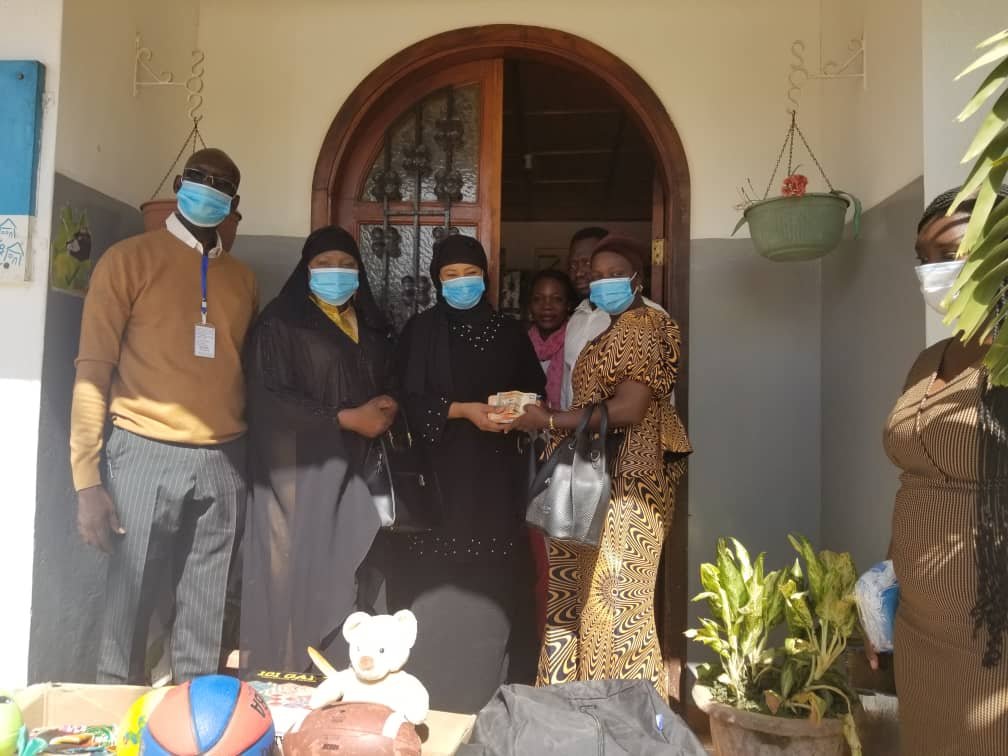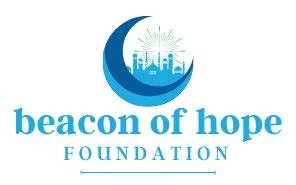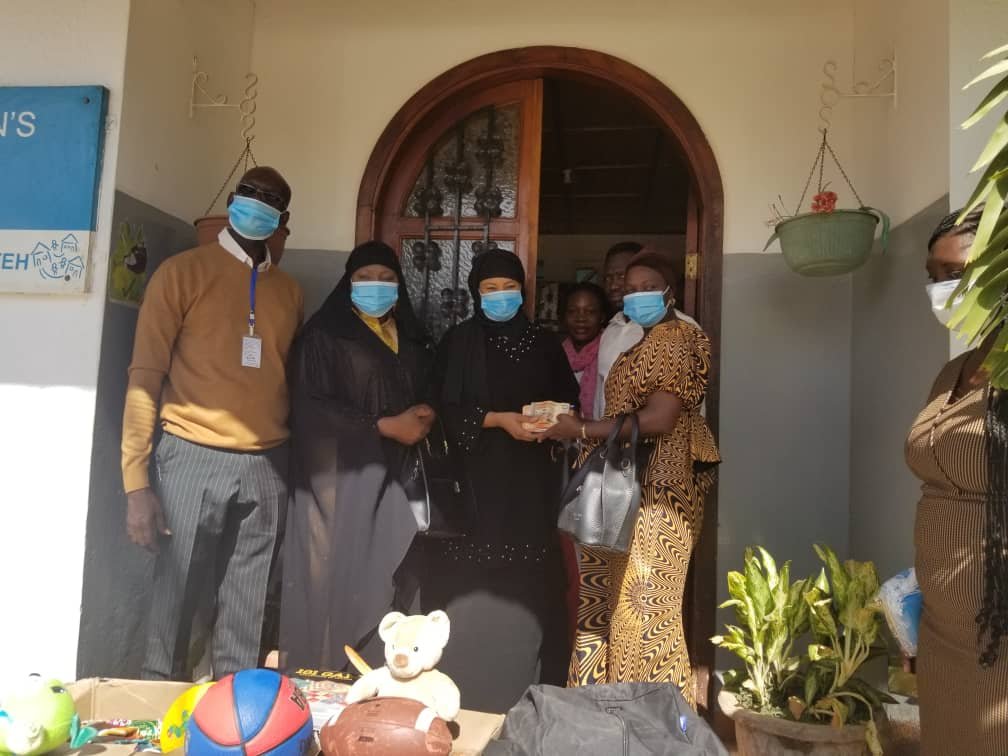
Many educational materials, such as textbooks, toys, and sanitary items, are often out of date and no longer reflect current knowledge or best practices. This can have a detrimental effect on students’ learning and development, particularly in communities where resources are already limited. To address this issue, it is important to work closely with school leaders to ensure that students have access to current and age-appropriate materials.
One way to achieve this is by regularly reviewing and updating the materials available in schools. This can be done through a process of consultation with teachers, parents, and other stakeholders to identify areas where materials need to be updated or replaced. Additionally, schools should have a budget for purchasing new materials, and teachers should be trained on how to use them.
Another important aspect is to make sure that the materials are age-appropriate. Children at different ages have different learning needs and abilities, and the materials used in their education should reflect this. For example, primary school students may require simpler texts and more hands-on activities, while high school students may need more advanced texts and digital resources.
In addition to textbooks and teaching aids, it is also important to ensure that students have access to necessary sanitary items such as soap, hand sanitizer, and menstrual hygiene products. These items are often overlooked, but they play a crucial role in promoting hygiene and preventing the spread of diseases.
In conclusion, providing students with current, age-appropriate materials is essential for their learning and development. By working closely with school leaders, regularly reviewing and updating materials, and providing sanitary items, we can help ensure that students have the resources they need to succeed in school and in life.

